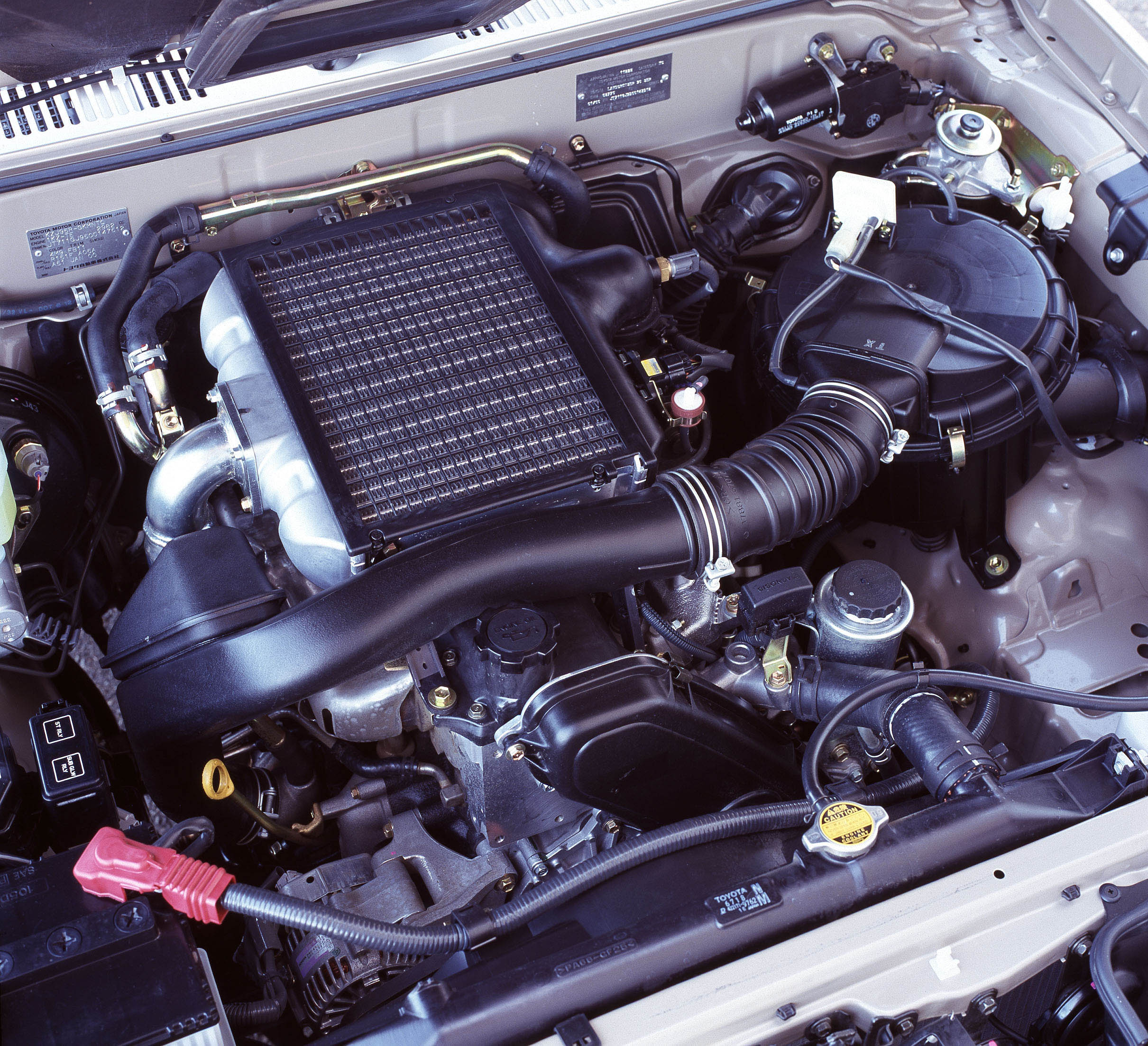Introduction
The S5-DPTR and S5-DPTS were 1.5-litre turbo-diesel engines that were offered with and without Mazda’s ‘i-ELOOP’ brake energy regeneration system, respectively. Marketed by Mazda under its ‘SkyActiv-D’ label, the S5-DPTS engine has been available in Australia in the Mazda CX-3. For the purposes of this article, the S5-DPTR and S5-DPTS engines will also be referred to as the 1.5 SkyActiv-D.
| Code | Model | Engine | Trans. | Power | Torque | Years |
|---|---|---|---|---|---|---|
| S5-DPTS | Mazda DK CX-3 | 1.5-litre turbo-diesel I4 | 6sp auto | 77kW at 4000rpm | 270Nm at 1600-2500rpm | 2015-on |
Cylinder block and head
The 1.5 SkyActiv-D engine had a 76.0 mm bores and an 82.5 mm stroke for a capacity of 1497 cc. The cylinder block had a water jacket which used spacers to prevent heat from escaping around the combustion chamber and being transferred to the water used for cooling the engine.
The aluminium alloy cylinder head had chain-driven double overhead camshafts which actuated four valves per cylinder via roller rockers.
Turbocharger
The 1.5 SkyActiv-D engine had a compact turbocharger with variable turbine geometry (VTG) which used a rotation speed sensor to maintain output at high engine speeds. In contrast to fixed geometry turbochargers, variable geometry turbochargers have a set of vanes which are arranged in the path of the air flow and, by changing the angle of the vanes, the area of the turbine inlet is changed. At low engine speeds, when air flow through the engine is relatively low, the velocity of the air flow can be increased by partially closing the vanes, thereby increasing turbine speed.
Air was supplied to the turbocharger via a water-cooled intercooler that was integrated into the lightweight, plastic intake manifold.
Injection and compression
The 1.5 SkyActiv-D engine had high-dispersion solenoid fuel injectors. The 1.5 SkyActiv-D engine had a compression ratio of 14.8:1 and fuel could be injected four times per combustion cycle to stabilise combustion and suppress knocking.
Within the combustion chamber, the pistons had a raised section in the centre of the piston crown to disperse fuel across the chamber. The piston crown also had a step around its circumference to suppress flow around the lip, reduce the squish area and prevent the combustion gas from cooling.
i-stop
While conventional idle stop systems relied solely on a starter motor to restart the engine, Mazda’s i-stop used combustion and the starter motor in combination. Specifically,
- Fuel would be injected into the cylinder and ignited to generate downward piston force; and,
- The electric-powered stater motor would be used to provide some momentum during the initial restart phase.
To restart the engine using combustion, the cylinders had to be shut down in the compression stroke for SkyActiv-D diesel engines. As such, i-stop differed to conventional systems which only identified which cylinder was in the correct stroke position after the start motor had turned the crankshaft to commence the restart, a process which delayed restart and required extra energy. According to Mazda, its restart time of 0.40 seconds for the SkyActiv-D engine was an industry best.
S5-DPTR engine: i-ELOOP
The S5-DPTR engine included Mazda’s ‘i-ELOOP’ (Intelligent Energy Loop) brake energy regeneration system. When the driver released the accelerator pedal, a variable voltage alternator (12 volt to 25 volt) was driven by the rotation of the tyres to generate electricity which was transferred to a capacitor. For i-ELOOP, Mazda used an electric double-layer capacitor (EDLC) rather than a dedicated battery to quickly capture and temporarily store electricity. The EDLC would fully charge in seven (7) to ten (10) seconds, within the typical ten second deceleration cycle.
After charging the EDLC, the DC/DC converter would step down the voltage of the electricity in the EDLC to 12 volts to power components like the climate control and audio systems, while any surplus electricity went to the starter battery. Depending on load, a full capacitor charge was sufficient to power the vehicle’s electrical systems for a minute.
Exhaust gas recirculation (EGR)
The 1.5 SkyActiv-D engine had low- and high-pressure exhaust gas recirculation systems to ensure effective boost pressure under heavy loads. The 1.5 SkyActiv-D engine did not have after-treatment exhaust gas systems such as selective catalytic reduction (SCR) or lean NOx traps.








